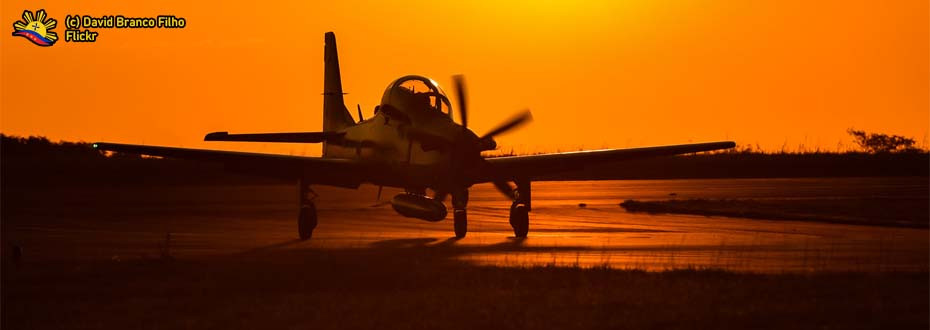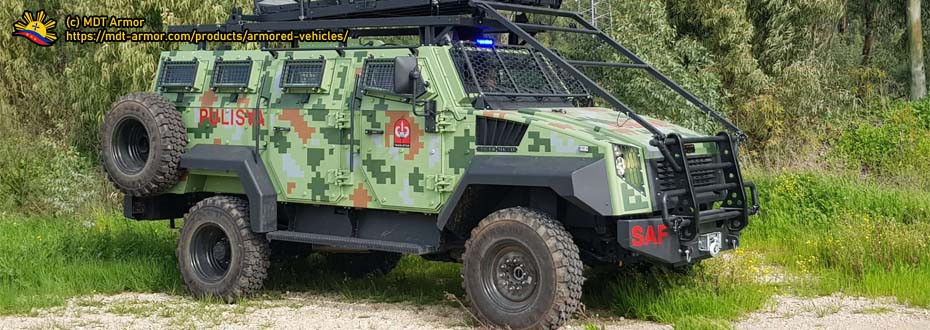WHAT'S UP?
 |
| A Yuan Wang-class Tracking Ship spotted in Davao's Sasa Wharf |
This is the newest among the ships visiting such particular port since the change of stance in dealing against China last 2016 when the new administration seats in and the hallmark of the arbitral tribunal deciding against Chinese claims on the contested swathe of water which is also claimed by the Philippines.
So, let us simply discuss the details about the ship that has docked in Davao as well as additional information that comes correlated with a couple of events that perpetrated in the country in relation to the disputed, contested waters with China.
THE SHIP SPOTTED
 |
| The larger view of Sasa Wharf, with the Chinese ship, docked on the left side of the image. |
So as to its docking up in Davao City, it is done to the usual docking procedures which other ships also observe. The ship shown above is the Yuan Wang 3 tracking ship in which its area of assignment is in the Pacific Ocean. This is not the first time for the ship to dock in the Sasa Wharf, where the ship at several points in time already did the same prior to this latest spotting.
These Chinese ships are in Davao, where they made the City as a stopping point for their ships as lengthy voyage requires provisioning and fuel for the crew and the ship itself to operate according to their respective duties and responsibilities as intended. While such moves are seen as benign to this standpoint, just being a Chinese ship makes it uneasy for some of the citizens with the contested waters simply being a justification for it.
UNDERSTANDING THE PLAY - PHILIPPINE CHINESE RELATIONSHIP
 |
| Presidents Xi Jinping and Rodrigo Duterte Forged a deal - which actually seems like China abides by Philippine jurisdiction. Photo from South China Morning Post [Link to the Article Here] |
While the forged deals are being seen with the utmost suspicion that it may get to the disadvantage of the country and its national interests, there is the other side of the coin that definitely speaking provides the insight of what it seems to be idealistic to the interest of the Philippines as a nation.
In a statement made by Acting Chief Justice Antonio Carpio just recently that one of the deals between the Philippines and China which is about the joint exploration of the waters in the West Philippine Sea obtains provisions in the Memorandum of Agreement of the deal that may be seen as compliance or recognition to the Sovereign Rights of the Philippines over the overwhelmingly-disputed waters where some of which is under control of China through its Armed Forces.
To understand further the points with regards to the diplomatic play in the area, it is worthy to understand the two sides of the coin. On one side, there is the Philippines, antagonizing China wholeheartedly which was done by the previous administration in a way that it triggers a couple of disadvantageous position to the country starting with Panatag Shoal down to the Artificial Islands in which they solidify the claim to these features situated in the West Philippine Sea - in which this is while waiting to the decision that the arbitral tribunal will make to the contested features of the sea. On the other side comes the present stance of the country -- the decision in favor to the Philippines being set aside (while being used as an ace card later on), forging a better tie with a nation that is perceived as an adversary like China and engage in economic trade that most likely benefiting both sides and forging deals that seems advantageous and compliant to the national interest and sovereign rights flowing through the adage of keeping friends like the traditional ally such as the United States close and adversaries closer.
Given the impression, there is the perception of openness as well as a pervasive plan to improve the country and its defense given that the Horizon 2 projects being on its way. While it may get commendable to have these respective projects approved and up for the taking, this will not satisfy nor prosper the minds of several citizens that have already shown discontent or disappointment to what the administration is doing like the "appeasement" that's being done to the enemy. Hence, their actions need a clear understanding so as any misinterpretations will be prevented.
A war nor appeasement is the ideal key for the resolution of this situation but rather, by sending a strong and clear message to show the stance as well as getting in the negotiations table with the leverage such as the arbitral tribunal decision in place. This is to get the upper hand on the situation in line to the national interest of the country while giving importance of diplomacy in a way that tensions are kept at bay.
THE RECENT INCURSIONS IN PANATAG SHOAL
 |
| A Chinese Coast Guard Vessel spotted which are the ones patrolling the Scarborough or Panatag Shoal. Photo Courtesy of the Philippine Star. |
Just recently, the media crew for GMA's show Reporter's Notebook visited the area and see the situation up close where they encounter a Chinese Coast Guard Vessel that is in pursuit to their position. From there, the crew of the Chinese Vessel hesitates for an interview given that the Philippine Media Crew didn't obtain permission from China to hold such activity, especially on this part of the sea which they considered as theirs.
To see this feels like a realistic devastation on the part of the country that some other powerful nation which is China, implement its control over a feature that is the Panatag or Scarborough Shoal where it is within the 200 nautical mile Exclusive Economic Zone of the Philippines.
So, the Philippines, despite the discontent from some of the citizens over the pragmatic relations with a country which have the conflict of interest issues over contested claims still obtains indirect support from forces like the United States and other allies in a way that countering Chinese influence in the region is something for them to have. That is, provided that China at the present date is modernizing its Armed Forces to the full - From its Army down to its Navy, Air Force as well as its Coast Guard that pose a threat to the primary U.S. Dominance in the Asia-Pacific Theatre of operations.
With these series of situations and the order of positions that each country's governments obtain at present, time may only tell with regards to any changes of stance wherein the local Philippine context, may define with regards to the results of the foreign policy that it employs at present as well as what it will be to the defense of the country whether the Armed Forces' Modernization Goals may attain or not. Such things remain to be seen, on a certain time later on.
IN SUMMARY
 |
| The ship somewhat symbolizes the renewed relations between the Philippines and China, which leaves a bad taste in the events pertaining to the disputed sea issues. |
With a number of events unraveled with regards to the relations of two nations especially in line with the very essence of sovereignty and national defense, it might be nice to contemplate and understand it down to the depth wherein parameters are measured and considered so as the dedication of both sides to abide by the agreements as well as the potential risk and rewards on every move between both parties in a way that it is done both militarily, economically, diplomatically and in some cases, politically. The country can still stand for its national interest while keeping pragmatic relationships on hand.
To end this article, let us take this note for everyone to understand: It is nice and appropriate that as one nation, let us unite together with the government to push its goals for the development of each and everyone. Moreover, it is nicer to point out improvements or vent out sentiments about the necessity to improve the country provided that suggestions or criticisms are constructive in nature. In these things will find the nation grow, progress and integral to its very sovereignty.
























